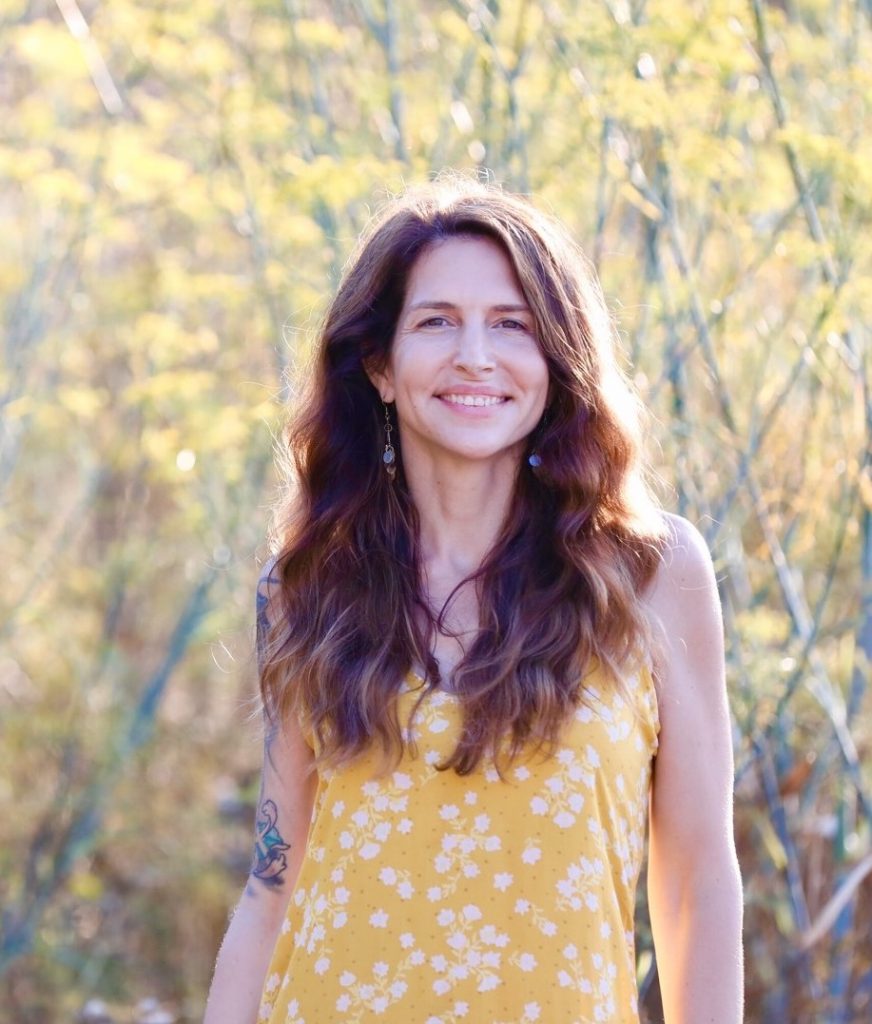When we react rather than act with intention, it shapes our experience and our outcome. When we are reactive, we simply respond to a stimulus that we have encountered. This can be a person, place, or thing. Usually, our reaction is unconscious. We just do whatever happens as a result. For example, a person comes into the room, they say something to us, and we immediately respond with whatever is true for us in that moment. This could be something beneficial that really makes the situation run quite smoothly. Or, it could be the type of reaction that’s more defensive or problematic, and as a result it creates a disruption or challenge. Either way, it’s simply a response that is not considered.
On the other hand, being intentional means that, regardless of the stimulus we experience, we have a reason for our response. So in other words, if we want to build connection, or clarity, or what have you, then we respond in a certain type of way to accomplish that desire. Intention requires that we know what it is that we want to do in a particular moment and that we guide our actions accordingly. It is the difference between flying by the seat of our pants and guiding the experience.
As you can probably quite easily see, there are times when being more intentional might be very beneficial and help to shift things in a positive way. In our life, we can pay attention to where our intentional efforts might benefit others and ourselves the most. Then we can put a little bit more effort and consciousness into those areas so that we can create more of what we want in life. Conversely, if we do not take the time to be intentional, especially in important situations, our outcome can be hit or miss.
As much as intention is a tool to create more of what we want, it is not as simple as just coming up with a scenario we would like to create and then moving forward. Being intentional is a much more nuanced skill than that. Intention is about bringing our whole self into alignment with what we intend. The first step is getting clarity about how we would like things to go. Then, we have to bring ourselves into a state of being that is in alignment with this clarity. And, once we have, our final task is to surrender our expectations and our need for control and allow our actions to be guided. This final step is of extreme importance. If we do not surrender, we are merely managing the situation—not being intentional. This is just a sophisticated form of reaction.
To put this in action, we need to take the following steps. If we are going about our daily life and we want to be more intentional, we only need to get clear, bring ourselves into alignment, and surrender—but if we have already become reactive, it requires a couple more steps. For example, if someone says something to you that makes you feel activated or triggered, then the first step is to clear the negative reaction. We have to get out of the emotional reaction first before it is possible to take actions to be more intentional. When we are triggered, it may be impossible to know what it is that we would like to have as a positive outcome, let alone how to best create it. Regardless of whether or not you know, the first step is to clear the negative reaction—then we can start being more intentional.
Finally, we need to add skills to the mix. Setting our intention is essential; however, if we are lacking a certain skill that would help us act in a way that would bring our intention into being, we may still fall short of our mark. So, part of our process is also learning skills that support our intention becoming a reality. All of this this allows us to actively construct our life in a way that is most pleasing, satisfying, and beneficial.
If you\’re looking to dive deep into your intentions and what might be obstructing them, you may be interested in a Breakthrough Intensive. Find out more here –> Breakthrough Intensive with Dr. Kate

